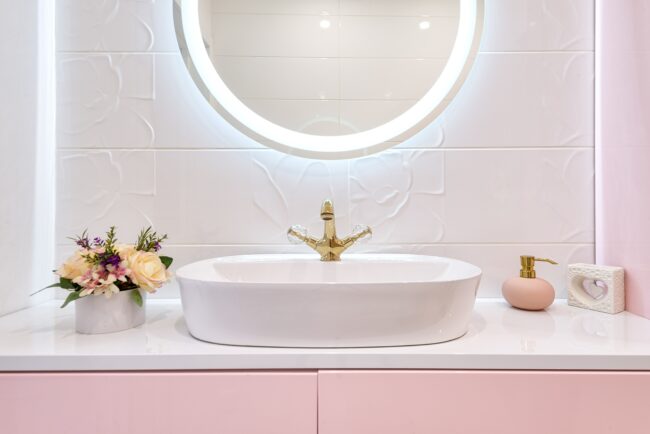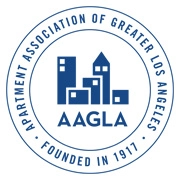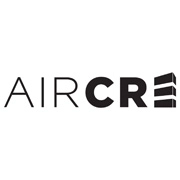Should You Use Wall Panels or Tiles for Your LA Bathroom Renovation?
A considerable number of experts say that a bathroom needs an upgrade after 10-20 years. In addition to age and condition, your LA bathroom requires a redo if there are safety concerns such as slippery floors, faulty electrical wiring, leaks, water damage, and mold, to name just a few.  A renovation can enhance the functionality and aesthetics of the bathroom on top of promoting energy efficiency. One of the major issues that surround a facelift is the decision to use wall panels or tiles to finish a renovation project. Knowing which option to go with entails listing the pros and cons of each finishing style to make sure that the right decision will be made.
A renovation can enhance the functionality and aesthetics of the bathroom on top of promoting energy efficiency. One of the major issues that surround a facelift is the decision to use wall panels or tiles to finish a renovation project. Knowing which option to go with entails listing the pros and cons of each finishing style to make sure that the right decision will be made.
Waterproofing Properties and Ease of Installation
Protecting the bathroom from water infiltration is a primary goal of a renovation especially if there are leak problems at the onset. Wall panels offer excellent waterproofing properties preventing moisture from seeping into the walls and causing damage or mold growth. While tiles offer the same protection, the grout lines between them can be susceptible to water infiltration if not properly sealed and maintained. Unfortunately, the proximity of Los Angeles to the ocean and its year round warm weather make the city among the worst places in the world for people with mold allergies. Hence, it is vital that mold growth is prevented from attacking a home.
Another advantage of wall panels is that they are easier and quicker to install than tiles. They are larger and cover more surface area at once compared to tiles. This reduces labor requirements bringing down the total cost of the remodel. On the other hand, tile installation can be time consuming especially if the tiles are small or the designs are intricate.
Design Flexibility and Durability
Both tiles and wall panels offer design flexibility. Tiles are available in various colors, patterns, sizes, and materials for a truly customized look. In the same vein, wall panels come in various styles and designs to achieve different looks and aesthetics in the bathroom. For example, polyvinyl chloride (PVC) panels are flexible and lightweight. They can be bent or shaped to fit curves making them a popular choice for bathroom walls and ceilings especially in wet areas like shower enclosures. PVC panels are known for their water resistance, too. For applications that require more structural support, fiberglass panels are suitable because they are usually more rigid and less flexible compared to PVC and acrylic. They can be used for bathtubs and Jacuzzis, wall linings, and shower enclosures. If a glossy and high-end appearance is desired, acrylic panels are recommended for flat or slightly curved surfaces.
In terms of durability, bathroom tiles that are made of ceramic or porcelain are very strong and resistant to impact. They are also naturally water resistant for as long as grout lines are well-sealed to prevent infiltration. On the other hand, many bathroom panels like PVC and fiberglass offer excellent waterproofing properties. They are rigid and provide structural support.
Maintenance and Costs
An advantage of wall panels is that they are relatively low maintenance as they do not have many grout lines that require regular cleaning and maintenance. They are also installed as larger pieces creating a more seamless appearance with fewer joints. In contrast, bathroom tiles must be cleaned often to maintain them and prevent the appearance of mold and mildew because of grout lines that accumulate dirt.
In general, bathroom wall panels tend to be more cost-effective than tiles. The upfront costs of materials and installation are lower. Furthermore, the maintenance costs are not high because there is no grout upkeep.
Wall panels and bathroom tiles are viable options to finish a bathroom remodel. Both have advantages and disadvantages. However, wall panels appear to cost less in maintenance and installation.








